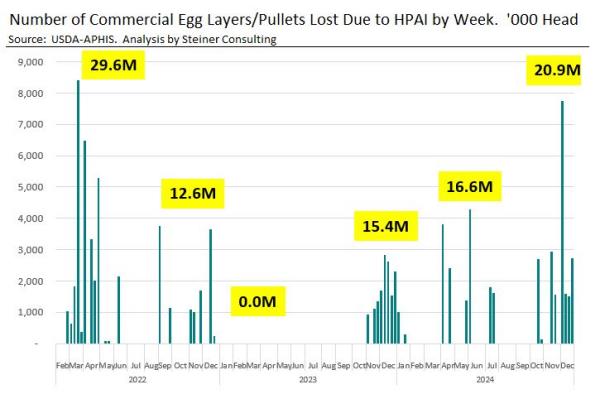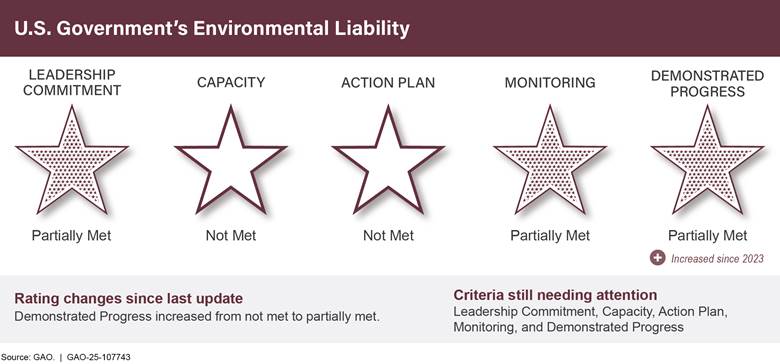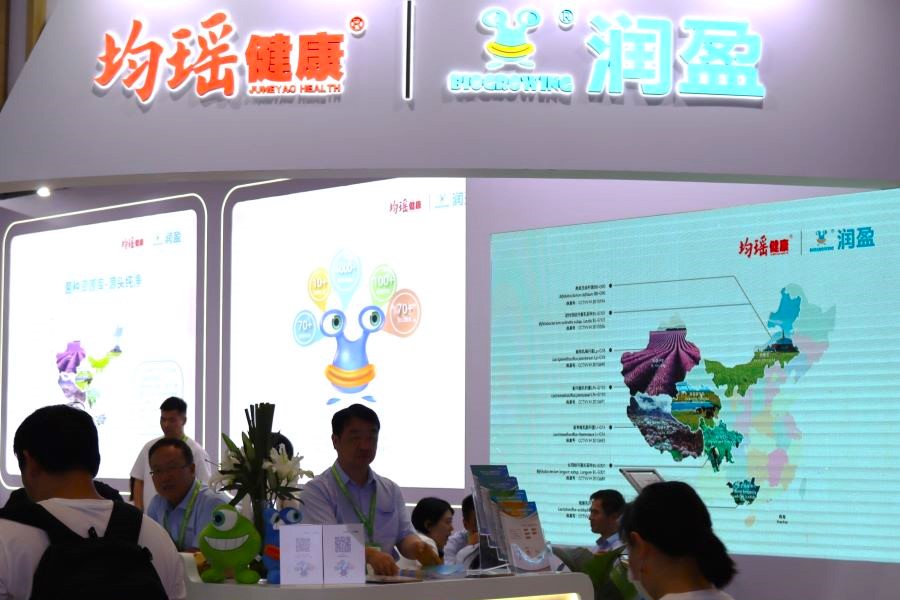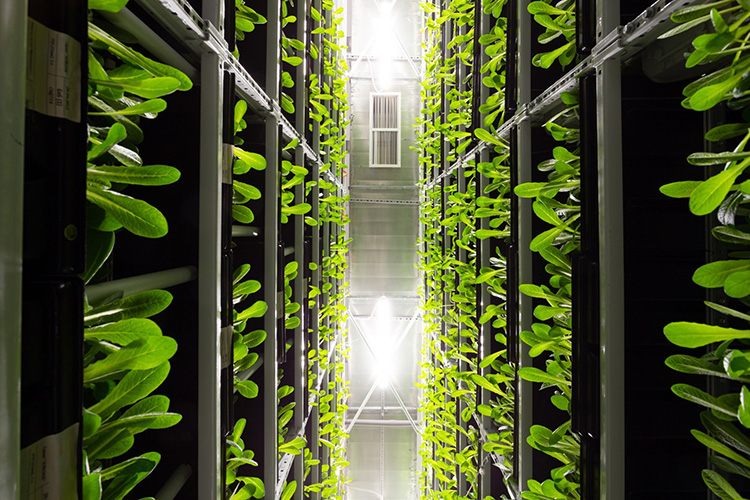Report on Extreme Weather Impacts on Global Food Security and Sustainable Development Goals
Executive Summary
The increasing frequency and severity of extreme weather events, a direct challenge to Sustainable Development Goal 13 (Climate Action), are causing significant disruptions to the global food and beverage sector. These events have intensified over the past decade, leading to widespread agricultural stress, supply chain chaos, and commodity price volatility. The consequences directly threaten the achievement of SDG 2 (Zero Hunger) by creating critical vulnerabilities in the global food system. This report analyses the impact of recent weather extremes on key agricultural regions and outlines the implications for manufacturers and global development objectives.
- Global food supply is under threat from intensifying extreme weather.
- Climate volatility undermines progress toward SDG 2 (Zero Hunger) and SDG 1 (No Poverty).
- Major agricultural producers in the Northern Hemisphere are experiencing divergent and severe weather impacts.
- Supply chain disruptions challenge SDG 9 (Industry, Innovation, and Infrastructure) and SDG 8 (Decent Work and Economic Growth).
- Significant ingredient shortages and price increases are anticipated, impacting food security from the fourth quarter onwards.
Global Agricultural Impact Analysis
According to Jon Davis, chief meteorologist at Everstream Analytics, this summer has featured a wide range of weather extremes, including devastating floods, periods of extreme heat and drought, and highly variable conditions across the globe. These phenomena have severely affected the world’s primary agricultural producers—Europe, the United States, and East Asia—compromising efforts to establish the stable and sustainable production patterns required by SDG 12 (Responsible Consumption and Production).
Regional Assessment of Agricultural Stress
-
Europe
Europe has been identified as a primary “problem zone” due to extreme heat and dryness, which have placed major stress on crops. Soil moisture reached a 22-year low, resulting in moderate to severe crop stress across the continent. Although recent rains have offered some relief, they were insufficient to prevent below-normal crop production. This shortfall directly impacts regional food security, a core target of SDG 2. Furthermore, critically low river levels have disrupted transportation corridors, such as the Rhine, highlighting the vulnerability of existing infrastructure and the urgent need for resilience as outlined in SDG 9.
-
United States
In contrast to Europe, the central United States has experienced heavy rainfall. While causing devastating but localized floods, the abundant moisture has supported crop development in the vital Midwest corn and soybean belt. Favourable yield prospects for corn and soybeans are expected. However, this positive outcome is an anomaly within a global pattern of climate instability, underscoring the ongoing threat to long-term agricultural stability and the objectives of SDG 13.
-
East Asia
The agricultural situation in East Asia is highly variable. Southern agricultural belts in China, Southeast Asia, and India have benefited from abundant rains and moderate temperatures, leading to good crop prospects. Conversely, northern China, the Koreas, and Japan have suffered from extreme heat and drought, resulting in crop stress and poor yield potential. This regional disparity will lead to variable crop outputs, complicating global supply chains and undermining the goal of consistent and sustainable food production envisioned in SDG 12.
Implications for Manufacturers and SDG Achievement
Projected Consequences for the Food System
The poor growing conditions in Europe and parts of East Asia will inevitably lead to reduced ingredient supplies and increased prices. The full impact of the summer’s weather on the food supply chain will materialize following the autumn and winter harvests. This situation poses a direct threat to multiple Sustainable Development Goals.
- Threat to Zero Hunger (SDG 2): Reduced crop yields will tighten global food supplies, jeopardizing food security for vulnerable populations.
- Impact on Poverty (SDG 1): Rising commodity prices will increase the cost of food, disproportionately affecting low-income households and hindering poverty reduction efforts.
- Economic Disruption (SDG 8): Volatility in the agricultural sector threatens economic stability and the livelihoods of millions of people employed in the food industry.
Strategic Recommendations for a Resilient Future
As climate volatility intensifies, the food and beverage industry must adopt strategies that align with the Sustainable Development Goals to ensure long-term viability. Safeguarding global food security requires a proactive and integrated approach.
- Advance Climate Action (SDG 13): Addressing the root causes of climate change is essential to mitigate the escalating frequency of extreme weather events.
- Strengthen Sustainable Production (SDG 12): Manufacturers and suppliers must pursue diversified sourcing strategies and leverage real-time weather analytics to build resilience against climate shocks.
- Invest in Resilient Infrastructure (SDG 9): Enhancing the resilience of supply chains, including transportation and logistics, is critical to navigating disruptions and ensuring the continuous flow of food and commodities.
SDGs Addressed or Connected to the Issues Highlighted in the Article
-
SDG 2: Zero Hunger
The article’s central theme is the threat that extreme weather poses to the global food supply. It explicitly discusses “vulnerabilities in the food system,” reduced “crop production,” and the potential for “placing food security in jeopardy.” These issues are at the core of SDG 2, which aims to end hunger, achieve food security, and promote sustainable agriculture.
-
SDG 13: Climate Action
The article directly attributes the disruptions in the food supply chain to climate-related issues. It opens by stating, “The increasing regularity and severity of extreme weather events has caused chaos across food and beverage.” It details the impacts of “flooding, drought, and extreme high temperatures,” which are all climate-related hazards. This aligns with SDG 13’s goal to take urgent action to combat climate change and its impacts.
-
SDG 6: Clean Water and Sanitation
The article highlights the impact of weather extremes on water resources, which are critical for agriculture. It mentions that “soil moisture essential for feeding crops, hit a 22-year low” in Europe and that “River levels across most of Europe have been unusually low.” This connects to SDG 6, particularly its focus on managing water resources sustainably and addressing water scarcity.
-
SDG 9: Industry, Innovation and Infrastructure
The article discusses how low river levels in Europe have “resulted in disruption to the transportation of supplies and manufactured products.” This points to the vulnerability of critical infrastructure, such as transportation corridors, to climate impacts. SDG 9 aims to build resilient infrastructure, which is a key challenge identified in the text.
Specific SDG Targets Identified
-
Target 2.4: Ensure sustainable food production systems and implement resilient agricultural practices.
This target is directly relevant as the article explores how extreme weather events like droughts and floods are undermining agricultural production. It describes how “periods of extreme heat and dryness” in Europe have placed “major stress on crops,” leading to “below normal” production. The entire discussion revolves around the need for agricultural systems to become more resilient to “climate volatility.”
-
Target 13.1: Strengthen resilience and adaptive capacity to climate-related hazards and natural disasters.
The article serves as a case study for this target. It details the impacts of climate-related hazards (“devastating floods in the US, periods of extreme heat and drought in Europe”) on the agricultural sector and supply chains. The call for “strategic planning, diversified sourcing, and real-time weather analytics” is a direct reference to building adaptive capacity to these hazards.
-
Target 6.4: Substantially increase water-use efficiency and ensure sustainable withdrawals to address water scarcity.
The article’s mention of European “soil moisture” hitting a “22-year low” and “unusually low” river levels directly relates to water scarcity and its impact on agriculture. These conditions put “stress on crops and livestock,” demonstrating the challenge of managing freshwater supplies sustainably in the face of climate change, which is central to Target 6.4.
-
Target 9.1: Develop quality, reliable, sustainable and resilient infrastructure.
The article points out that low river levels impact more than just crops; they cause “disruption to the transportation of supplies” along key corridors like the Rhine. This highlights a lack of resilience in transportation infrastructure, a core concern of Target 9.1.
Indicators Mentioned or Implied in the Article
-
Crop Yield and Production Levels
The article consistently uses crop yield as a primary indicator of impact. It makes statements such as “Crop production will be below normal in most areas,” “very favourable yield prospects” in the US, and “poor yield potential” in northern East Asia.
-
Frequency and Severity of Extreme Weather Events
This is used as a causal indicator. The article notes the “increasing regularity and severity of extreme weather events” and cites specific examples like “hottest June on record” in Japan and “devastating floods” in the US to quantify the problem.
-
Water Resource Levels
The article implies specific metrics for measuring water availability. These include “soil moisture levels” (which hit a “22-year low”) and “river levels” (described as “unusually low”), which are used to gauge the severity of the drought in Europe.
-
Commodity Prices
The article mentions that extreme weather has “spiked commodity prices across all sectors” and notes that “high-value commodities like cocoa have already seen a huge spike in prices.” This serves as an economic indicator of supply chain disruption and food system vulnerability.
Summary Table of SDGs, Targets, and Indicators
| SDGs | Targets | Indicators |
|---|---|---|
| SDG 2: Zero Hunger | 2.4: By 2030, ensure sustainable food production systems and implement resilient agricultural practices that increase productivity and production… and strengthen capacity for adaptation to climate change, extreme weather, drought, flooding and other disasters. |
|
| SDG 13: Climate Action | 13.1: Strengthen resilience and adaptive capacity to climate-related hazards and natural disasters in all countries. |
|
| SDG 6: Clean Water and Sanitation | 6.4: By 2030, substantially increase water-use efficiency across all sectors and ensure sustainable withdrawals and supply of freshwater to address water scarcity. |
|
| SDG 9: Industry, Innovation and Infrastructure | 9.1: Develop quality, reliable, sustainable and resilient infrastructure…to support economic development and human well-being. |
|
Source: foodnavigator.com







